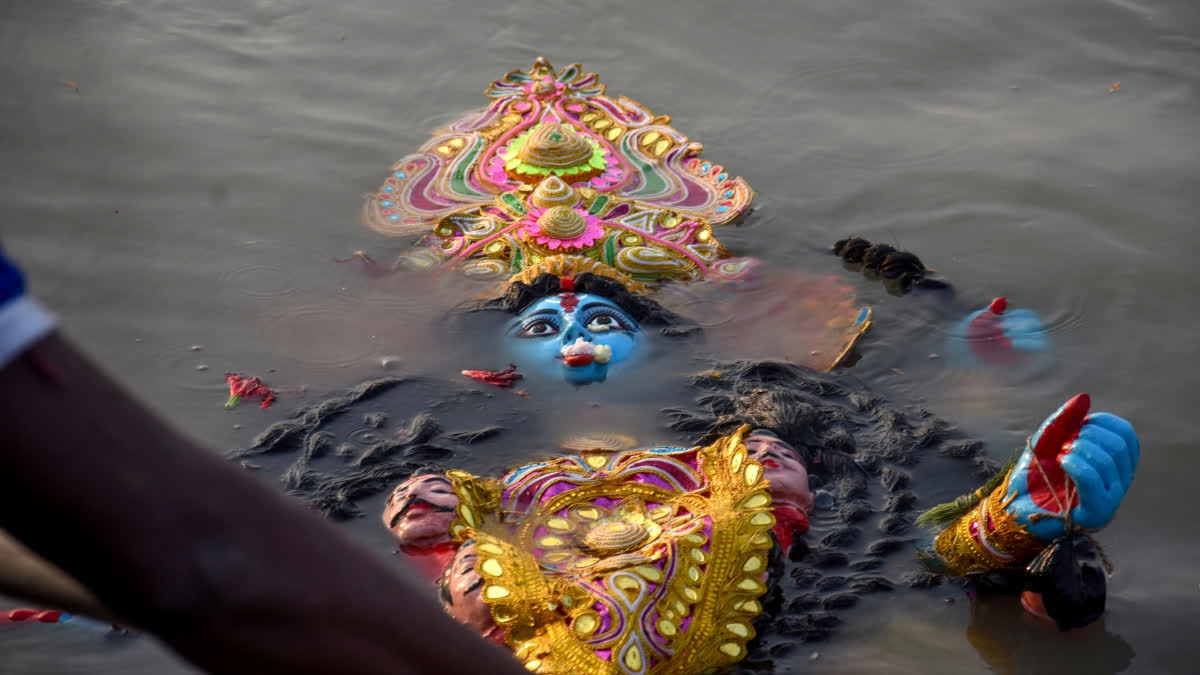The History of Kali Worship of all expressions of Mother Goddess — or Adi Shakti — worshipped in the Indian subcontinent, Kali happens to be most instantly recognisable for her ferocity and fearsomeness. Worshipped across South Asia — Bengal, Assam, Nepal, Odisha, southern India, Uttar Pradesh, and Rajasthan — Kali is renowned for her multivalence among all strata of Hindu society and beyond.
There are even sacred sites dedicated to Kali associated with Muslim Sufi saints, like Sadan Shah at Pavagadh and Sayyid Baba's mazaar in Etawah. Decked in a garland of skulls and human hands, covered with blood, and accompanied by messengers of death, the image of Kali was one of the principal reasons why colonial Christian missionaries found Indian religious ideas ghastly and immediately in need of civilising.
The Tantric Krishna
Astonishingly, Kali is a tantric personification of the tenets of the Bhagavad Geeta — she is the guardian deity of battles against one's internal demons and external adversaries that stem in relation to those. This may lead theologians to protest, since Kali’s emergence in the Hindu pantheon is belated, and the development of her archetypes occur significantly after Geeta's authorship.
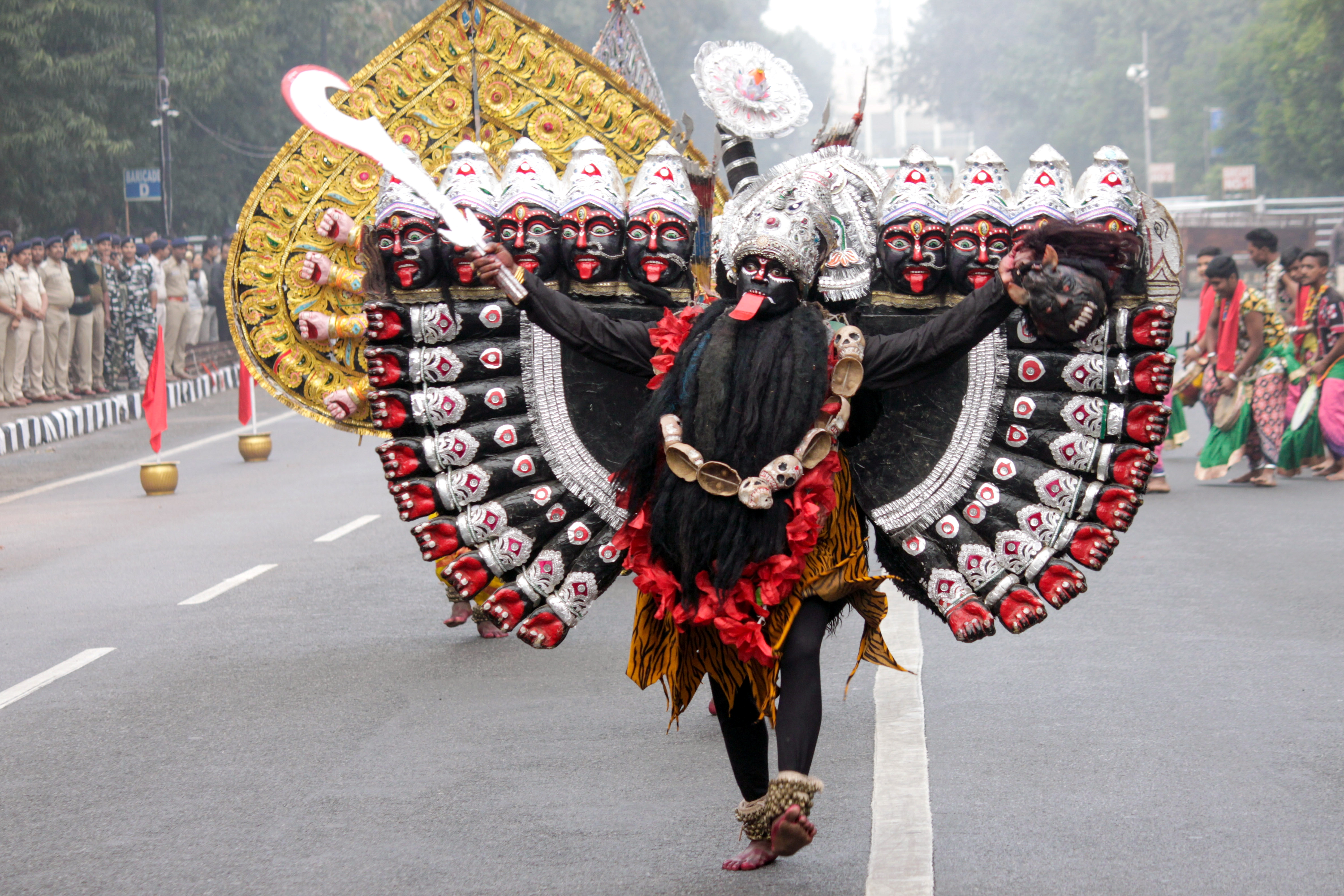
To better understand Kali's perpetual presence in the interstices of Hindu thought, let us turn to the eighteenth-century Bengali Shakta poet, Kamalakanta Bhattacharya — who took after his predecessor Shakta poet and yogi, Ramprasad Sen. For Kamalakanta, Kali was 'adibhuta' ('primeval matter'); 'sanatani' (‘perennial energy’); 'shunyarupa' (‘nothingness perfonified’); the destroyer of dichotomies of religion versus irreligion.
Bewildered by her unfathomable forms and formlessness, the poet child asked the Mother: ‘Brahmanda chhilo na jakhan, mundo mala kotha peli?’ (‘Where did you find your garland of skulls, when the cosmos was not even there?’) Shakta poetry from Bengal is a crash course in how Kali, a Hindu goddess, redefines Hinduism as commonly understood or practiced.
Worshipping Kali is popularly seen to involve panchatattva or panchamakara — the five tantric elements generally censored in several forms of Hindu worship, including madya (alcohol), maṃsa (meat), matsya (fish), mudra (grain), and maithuna (sense pleasures). It is of paramount importance to highlight that these ingredients of Kali worship are not for consumption in the manner that trigger social evils but for intense spiritual cleansing.
A Belated Genesis
The word ‘Kali’ draws from the Sanskrit word ‘kala,’ simultaneously implying time and blackness. The combined signification points to her being the embodiment of profound concepts. These include the animistic dance of life and infinite cycles of time that pervade the womb of the cosmic void.
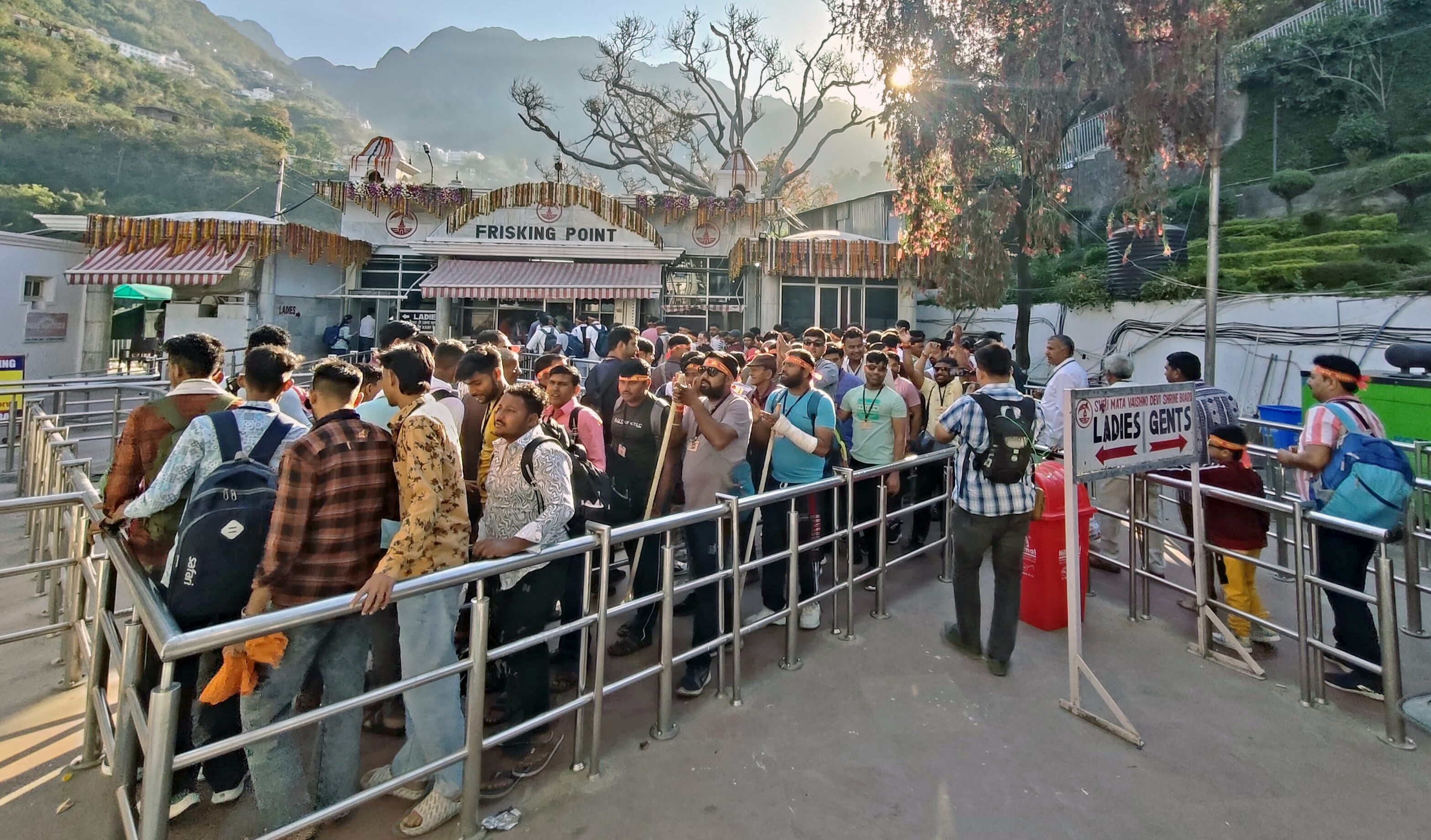
Kali’s genesis in mainstream Hindu mythologies and theologies is sketchy owing to the likelihood of her being associated with pre-Vedic and non-Vedic Adivasi deities. The name ‘Kali’ dates back to the Mundaka Upanishad (circa 500 BC), wherein she is the name given to one the seven tongues of Agni (the fire god). Other prototypes of Kali appear in the forms of Ratri Devi (nocturnal goddess) in the Rig Veda and Nirrti (the demoness) in the Rig Veda and Atharva Veda.
Subsequently, three key passages in the Mahabharat (circa 300 BC to 400 AD) mention Kali, in the Sauptika Parva VIII, the Virata Parva VI, and the Bhisma Parva XXIII. The text where Kali acquired a substantive canonical status in the Hindu pantheon is the Devi Mahatmya (500-600 AD). It was added to the Markandeya Purana that was written around 300 AD.
The Devi Mahatmya inducted the goddess in the ‘Great Tradition’ of Hinduism. In its thirdepisode, Kali emerges as a form of Durga from the latter’s forehead, and slays the demons, Chanda, Munda, Raktabija, Shumbha and Nishumbha, earning the sobriquet of Chamunda.
Having acquired this severely destructive form, Kali or Chamunda leaps into a terrifying victory dance. It has to be terminated by the intervention of Shiva—the consort of Durga—who lies on her path, drawing her to step on his chest, whereupon she halts in an embarrassed posture, with her tongue stretched out as a sign of mortification. This form would later become most the famous in Kali’s iconography.
Traditions of Worship
While Kali worship is understandable in places with old traditions of Shakta worship, several parts of southern India — generally held to be more devoted to Shaivite practices — also inducted Kali’s iconography in their pantheons. Kerala’s Bhagavati and Karnataka’s Yellamma resemble Kali in some of their features.
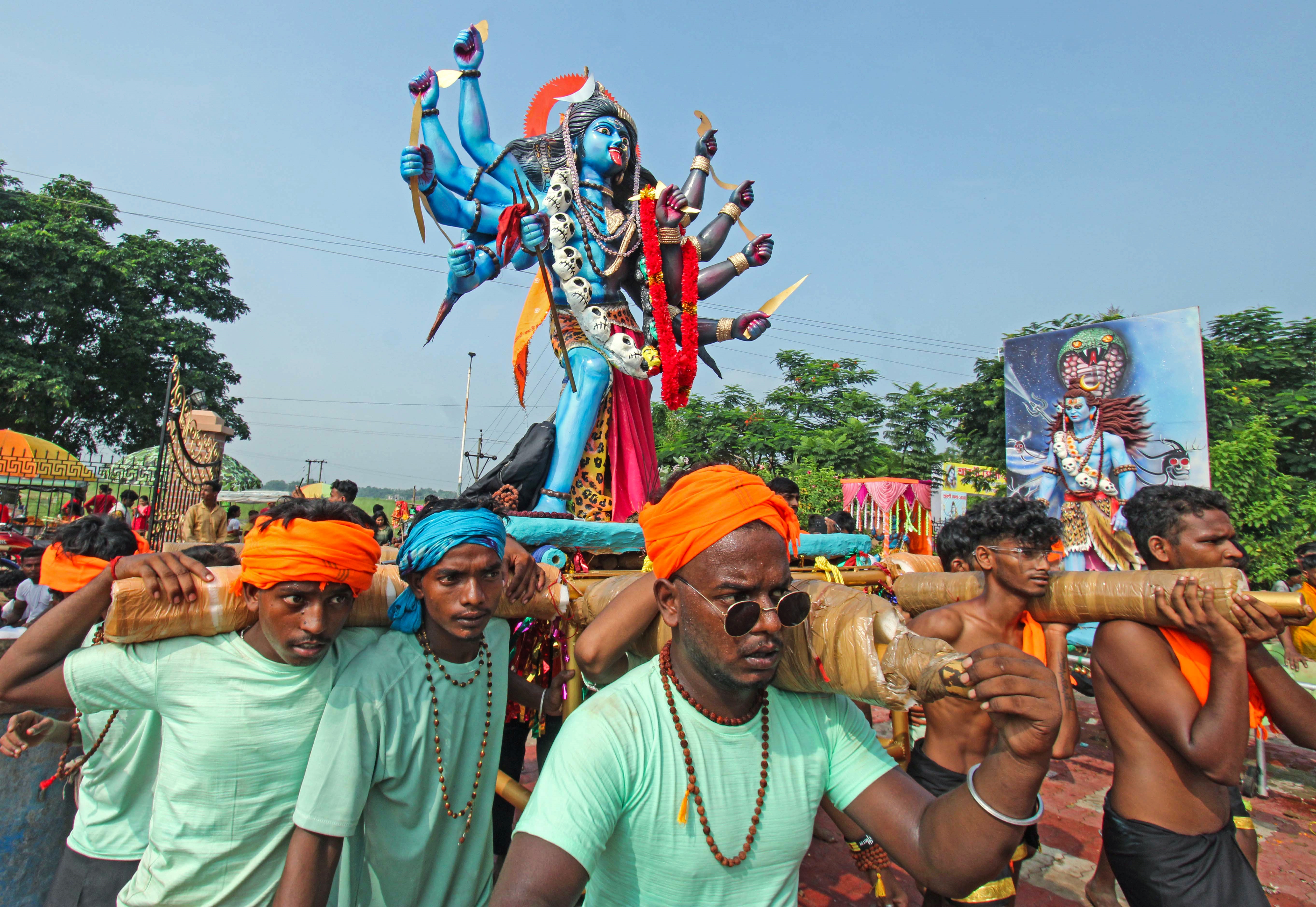
The naked Tamil goddess of war, Korravai, and Chamunda (the goddess of crematoria) also share many facets with Kali. Kerala’s Shakta tradition has that Kali or Bhadrakali emerged from Shiva’s third eye to slay the demon, Darika. Besides, Kali is worshipped in ten major forms, across India, including Adya Kali, Matangi Kali (Chandalini), Chinnamasta (Prachanda Chandika), Shamsana Kali, Bagala Kali, Dakshina Kali, Bhairavi Kali, Tara Kali (also worshipped in Mahayana Buddhism), Kamala Kali, and Dhumavati Kali (the only widowed Hindu deity).
Kali is perhaps one of the least comprehended major deities in the Hindu pantheon. This is partly because of the seemingly recent history of propagation of formalised traditions of Kali worship. One of the most significant episodes in that tradition dates back to Krishnananda Agamavagish or Mahamahopadhyaya Krishnananda Bhattacharya, the tantric scholar from Nabadwip, who popularised Kali worship in sixteenth-century Bengal.
Agamavagish introduced the Navya Tantric-scripture, Tantrasara, to Bengal, and authored the Brihat Tantrasara. The tradition initiated by Agamavagish was carried forward by Raja Krishnachandra Roy of Nabadwip, in the eighteenth century — the golden age of Bengal’s Shakta poetry represented by Kamalakanta and Ramprasad.
The cult of Kali Puja, also known as Dipannita Kali Puja, celebrated on the night of Diwali, can be said to have originated during this period. Between the times of Agamavagish and Krishnachandra Roy, Kali worship also came to be associated with dacoits and subalterns, intermeshing the roots of orthodox Hinduism with outlier communities and practices of mystical experimentation.
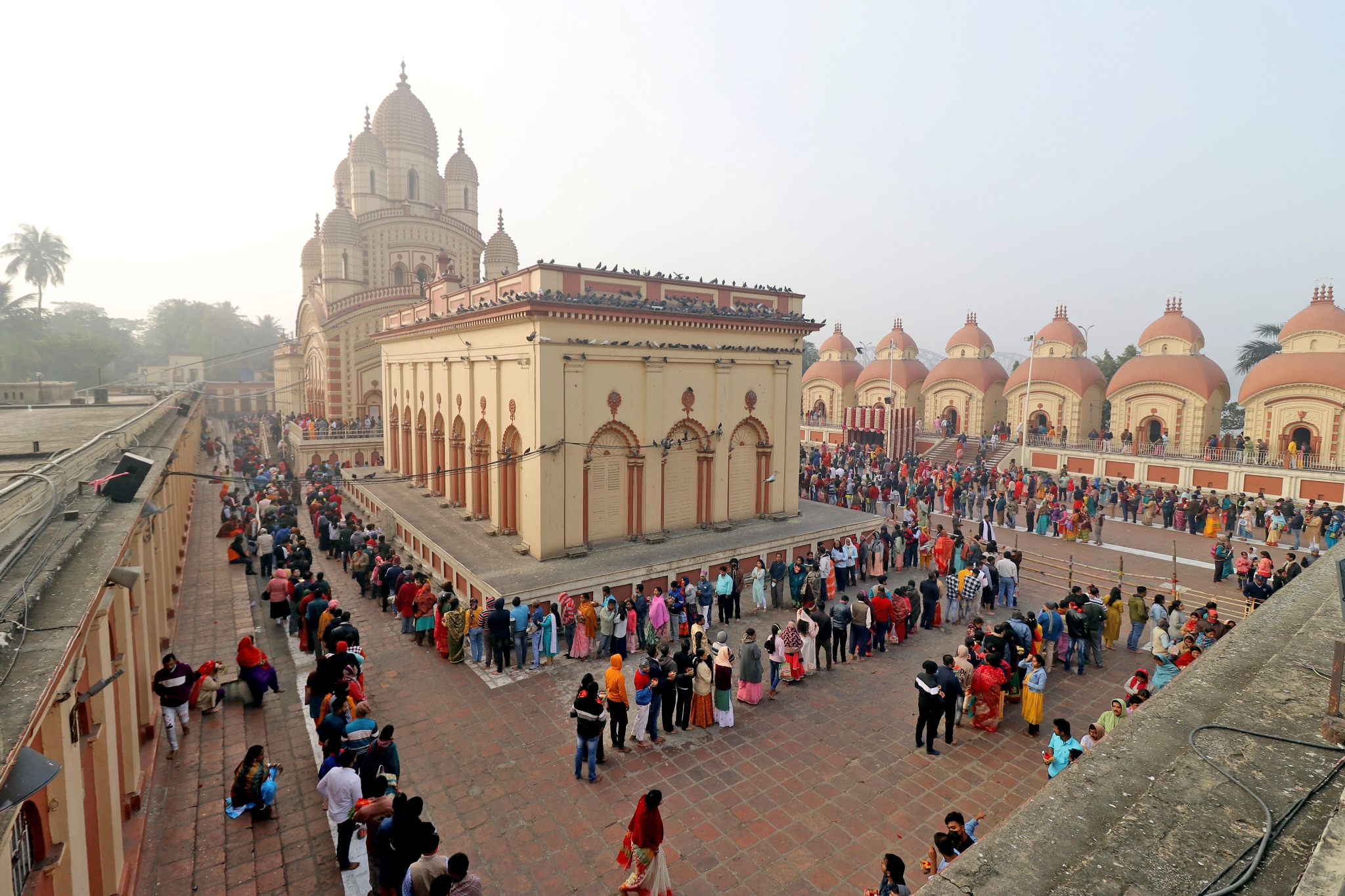
Kali’s unfathomableness becomes acuter with the fact that several old Kali Temples of Bengal were built by dacoits since the late medieval period. It is sometimes claimed that these dacoit temples or traditions of Kali worship predate the building of Calcutta, in 1690. But it is likelier that almost all of these followed Agamavagish. Examples include Calcutta’s Chitreswar dacoit’s worship of Chitreshwari (a tantric deity resembling Kali that he named after himself) around the time of the Battle of Plassey (1757) and Manohar dacoit’s Kali worship in the nineteenth century.
Then there is the lore of Raghu Dakat, who is said to have started a five-hundred-year-old tradition of Kali worship at Bansberia, in Hooghly, but the same lore has the eighteenth-century-poet, Ramprasad, caught by Raghu’s band of dacoits and slated for sacrifice before the mother. Ramprasad is said to have begged Raghu to allow him to sing one last hymn to the mother, to which the dacoit relented, only to be mesmerised along with the rest of the band. Following the song, Raghu had a vision of the mother, which converted him as a disciple of Ramprasad, before he renounced the practice of human sacrifice in favour of sacrificing Bombay ducks before Kali.
The tale of Raghu’s conversion offers itself to be read against the backdrop of Swami Vivekananda’s poem, ‘Kali the Mother.’ ‘For Terror is Thy name/ Death is in Thy breath/ Thou "Time", the All-destroyer!/ Come, O Mother, come! Who dares misery love/ And hug the form of Death/ To him the Mother comes,’ wrote Swamiji. The terror, of course, that Swamiji recalled was akin to the sublime 'terror' he felt when Ramakrishna Paramahamsa helped a young Narendranath Datta experience Kali in all her mysterious glory at Dakshineshwar.
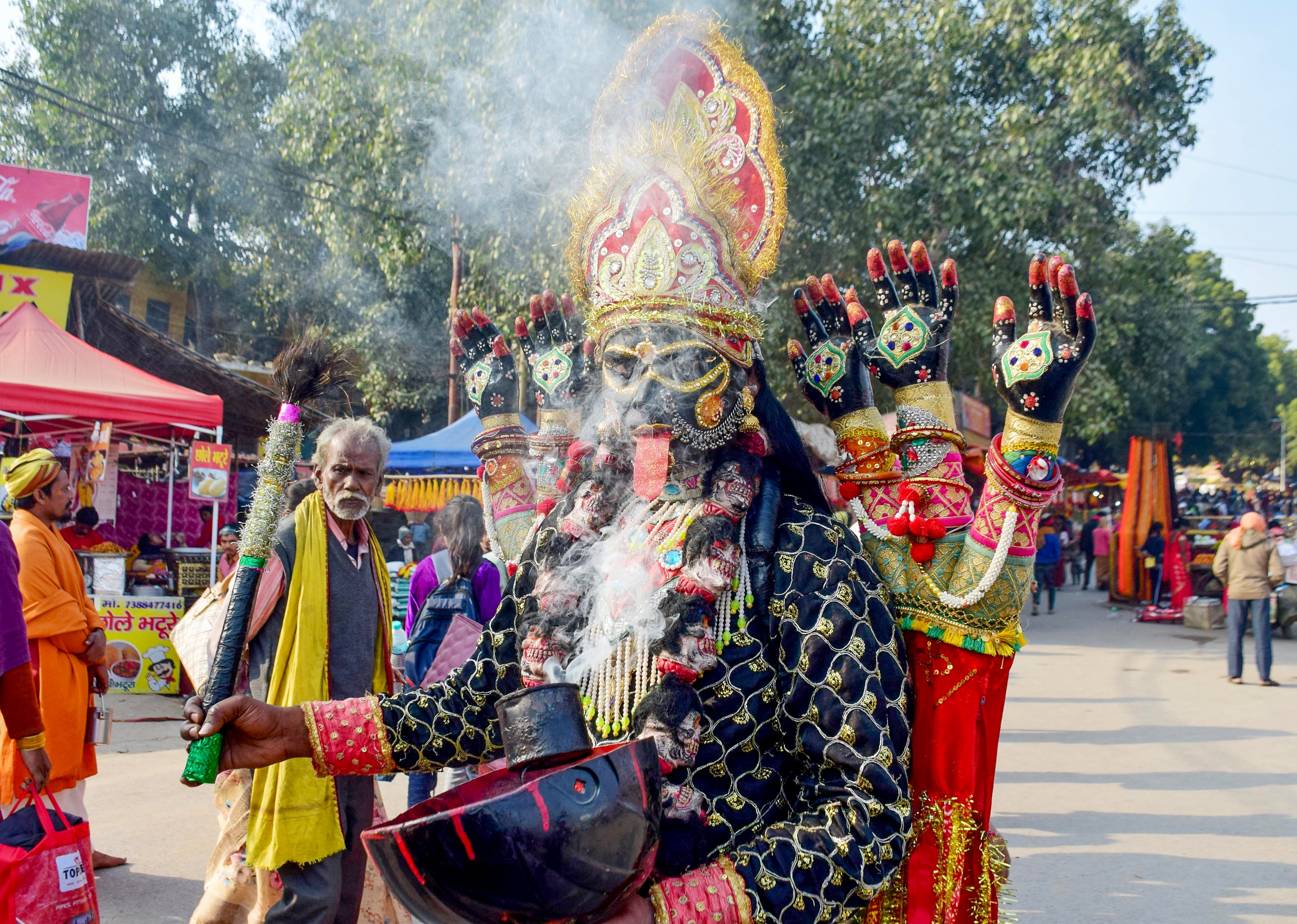
Ramakrishna — who often sang the songs of Ramprasad and Kamalkanta — led a life virtually sacrificed in his devotion to Kali. In several parts of the Gospel of Sri Ramakrishna, authored by one of his disciples, Sri M, it is said that Ramakrishna held that the meaning of the 'Geeta' was contained in the inverse of that word — 'tya-gee', meaning sacrifice or sacrificer. Ramakrishna’s identification of the Krishna or Vaishnavite cult in his form of Kali worship became notorious in the Dakshineshwar circle, going on to earn him the ire of local Vaishnavites and Shaivites, and later global renown.
Uncolonised Mother
Later, Vivekananda’s disciple, Sister Nivedita, helped augment the image of Kali by inspiring her induction into the anticolonial movement. One of the first instances of Kali worship in Bengal by anticolonial revolutionaries is known to date back to 1900, when, in Nadia, a group called the Bombete (or pirates) started the township's first sarbajanin or community Kali Puja.
On the Mahalaya of 1905, the year Viceroy Lord Curzon announced the Partition of Bengal, thousands of Kali devotees thronged the temple at Kalighat, in Calcutta, swearing undying fealty to the cause of the Swadeshi movement. Two years later, the image of Kali was incorporated by the Calcutta Arts Studio in an advertisement for swadeshi Kali Cigarettes, which infuriated the British government.
Soon, other images of Kali depicted her as being garlanded by decapitated European heads and hands, while 'white goats' became a codeword among Jugantar's revolutionaries for colonials meant to be sacrificed in honour of Kali. Interestingly, the cult of Kali worship would also continue during the Naxalite revolution, blurring the boundaries between the colonial and postcolonial models of oppression that Shakta devotees sought to annihilate.
Given Kali’s potential to be easily misunderstood by devotees and cynics alike, her iconography risks oversimplifications like the one seen in Indiana Jones and the Temple of Doom (1994), where the goddess was trivialised to represent demonic phenomena. Kali cannot be reduced to what seems like her voracious hunger or unquenchable desire to destroy.
Even to say that Kali represents a highly sophisticated symbolic idiom meant to free us from our basal, egotistical, and materialistic prejudices would be a poor understatement. As the eighteenth-century Mahanirvana Tantra (translated by Sir John Woodroffe) declares: 'Just as all colours disappear in black, so all names and forms disappear in her.'
Her primal face — in whose devotion Ramprasad’s heart turned into a crematorium, Kamalakanta became a comfortably mad musical instrument, and Ramakrishna underwent divine intoxication—does not need the clothes of our civilization, while we can offer her little besides that.
